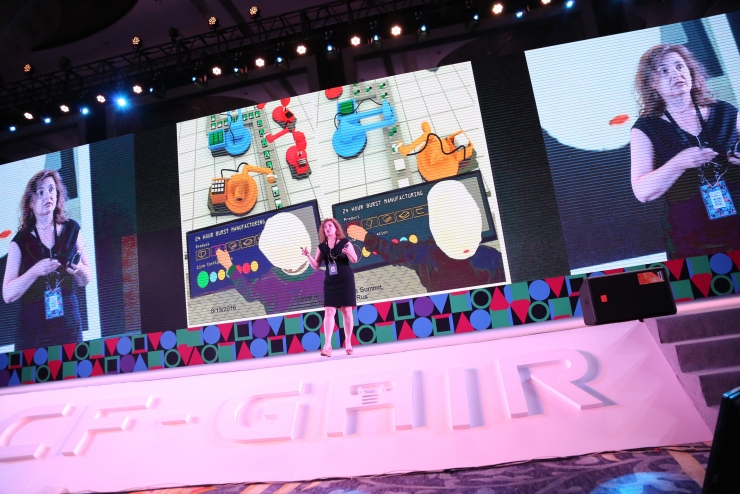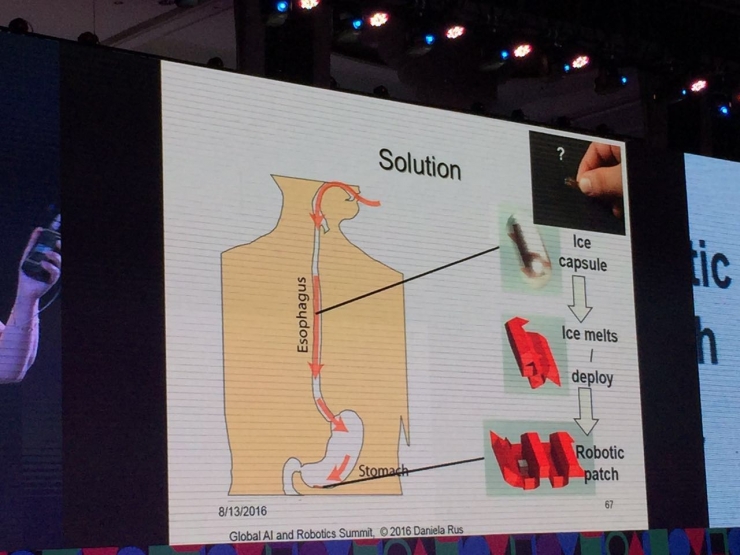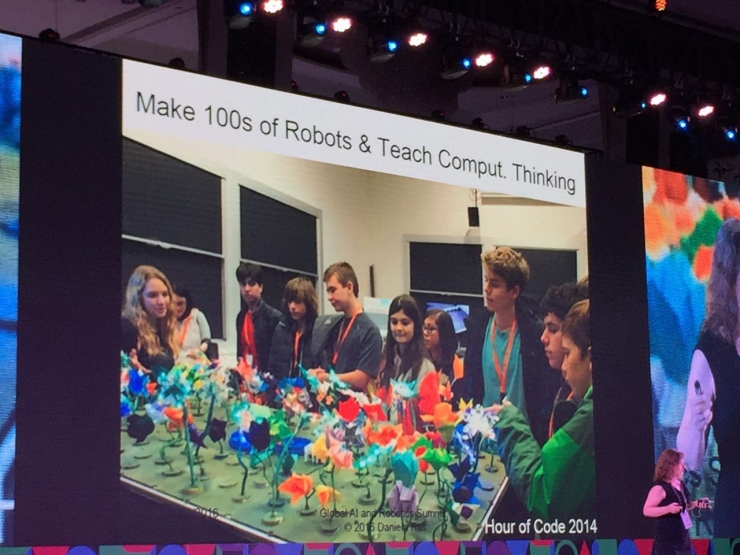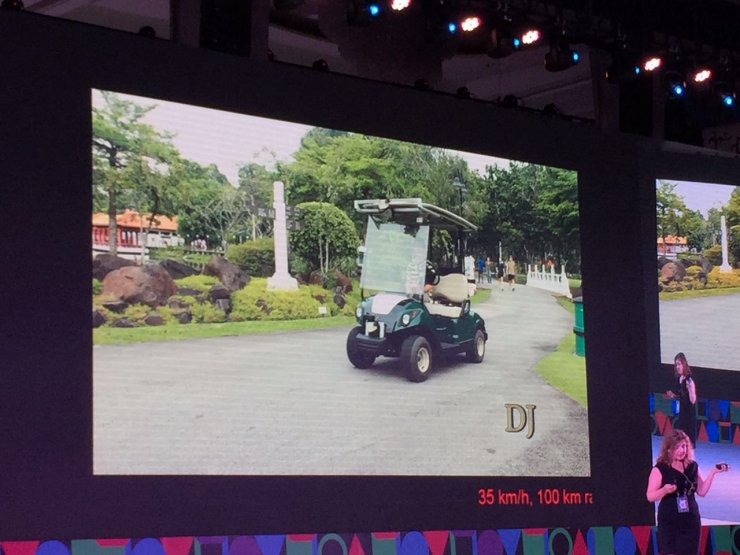
AIR 041| MIT Robotics Lab Director: 12 Frontier Technology Trends of Robotics (I)
At the CCF-GAIR Global Artificial Intelligence and Robotics Summit Robotics Symposium, MIT Robotics Laboratory Director, IEEE, AAAI Fellow, and Daniela Rus, Academician of the National Academy of Engineering, made a presentation on this topic, describing the twelve leading technology trends in the world of robotics:
Popularization
Let everyone design their own robots. Is this idea crazy? With databases, programming tools, 3D printing, and other technologies, although not all robots can be automated, many steps can be automated.

At the same time, robots actually have a very wide range of uses that can infiltrate all aspects of our lives. For example, if we swallow a tiny object by mistake, we can make a micro-folding robot and send it to the intestine so that it can wrap the foreign body through the folded type and take it out of the body, thus helping us to avoid minimally invasive surgery; Or, you can use micro-robots to provide stomach treatment to humans.
Learn robots early

Let students start robot learning early and use programming tools to create a variety of robots. The goal we hope to achieve is to use the magic of robots to attract students - not only robot shells, but also to learn programming and other soft capabilities. Let students enter the world of robots happily and gradually invest in the robotics industry.
Competitive cooperation between academia and industry
What we are facing now is an unprecedented computer industry revolution. We need to have forward-thinking or whimsical ideas in the academic world. We also need the cooperation of industry to make these ideas into products. At the same time, the government should also participate in it and put forward the correct implementation plan so that the robot can really play its role. The United States DARPA is a good example.
A year ago, Toyota Motor found MIT. The company stated that driving is fraught with danger, and that the number of people who have lost their lives worldwide due to traffic accidents has reached 1.5 million every year. Through industrial and academic cooperation, the wisdom of academics is applied to the difficulties of the industrial sector so that smart driving vehicles can be better developed.
Autopilot
MIT is also conducting research and development of smart-driving cars. In mid-2010, Singapore proposed such a program. The combination of smart driving and automated taxi service provides an automatic car network for the city.

However, in general, we can only drive in a simple environment. There are still many obstacles to overcome in a real driving environment.
Business investment and entrepreneurship
Now the world is also aware of opportunities in the robotics field. In recent years, large-scale investments have taken place in the robotics field. In 2015, there were approximately 2 billion U.S. dollars worth of M&A transactions.
China's innovation
China really needs to lead the revolution in robotics. I hereby put forward a vision. In the future, there will be more robots and workers working side-by-side. In the future, robots will be more advanced than they are now.
In fact, we need not worry about robots replacing us. In fact, we should worry more about the fact that we have not built the robot fast enough. In China, only 20 percent of people are still working at the age of 2050. Therefore, it is even more necessary to speed up the production of robots to make up for the shortage of labor.
